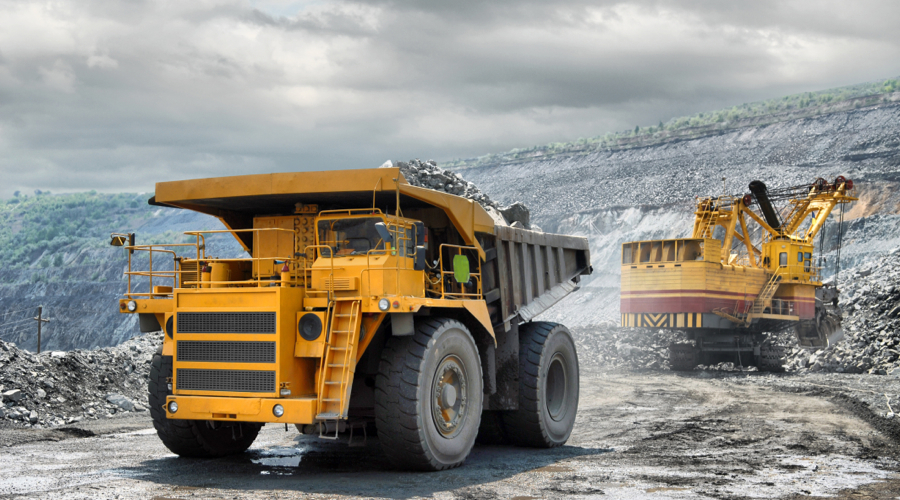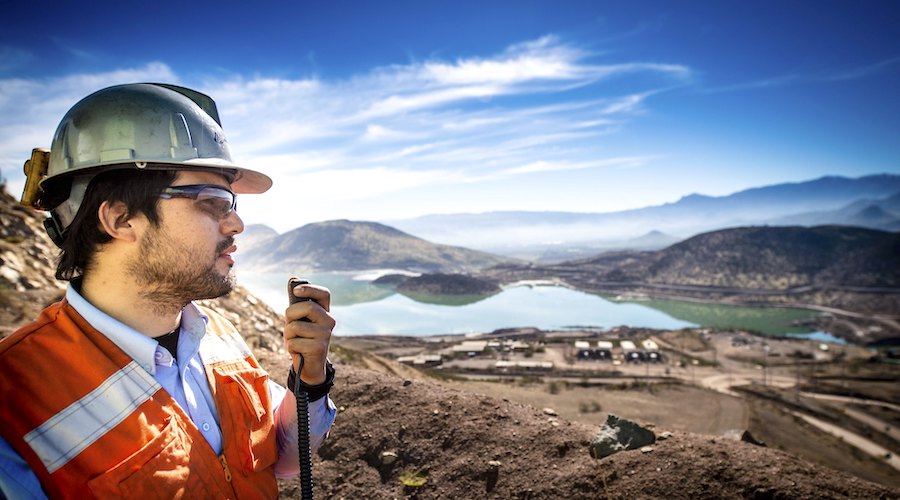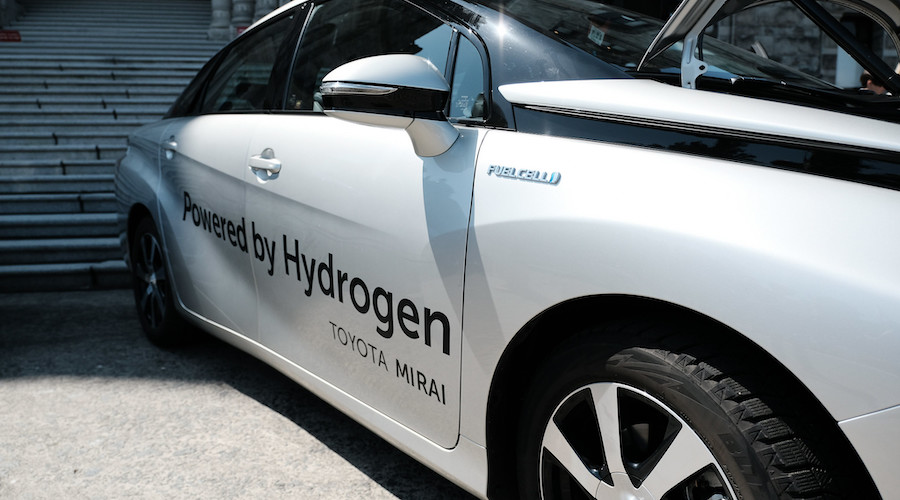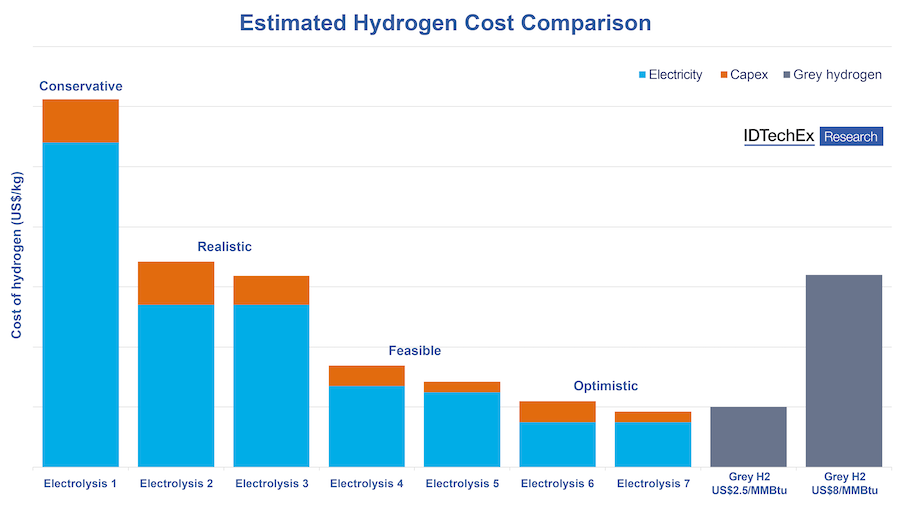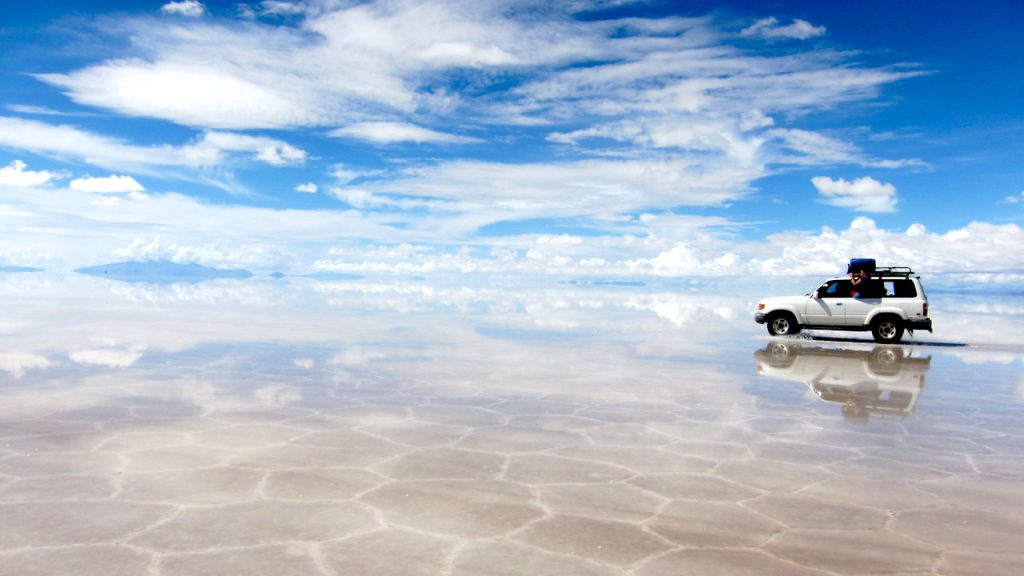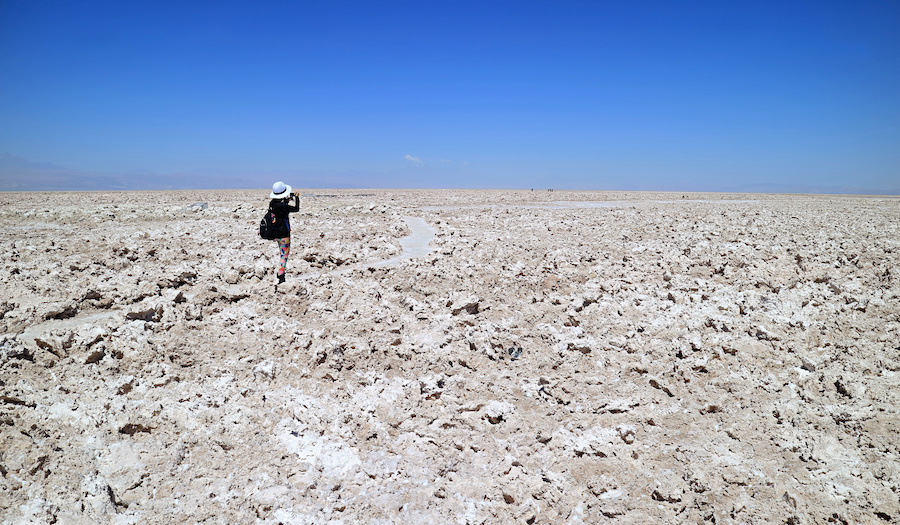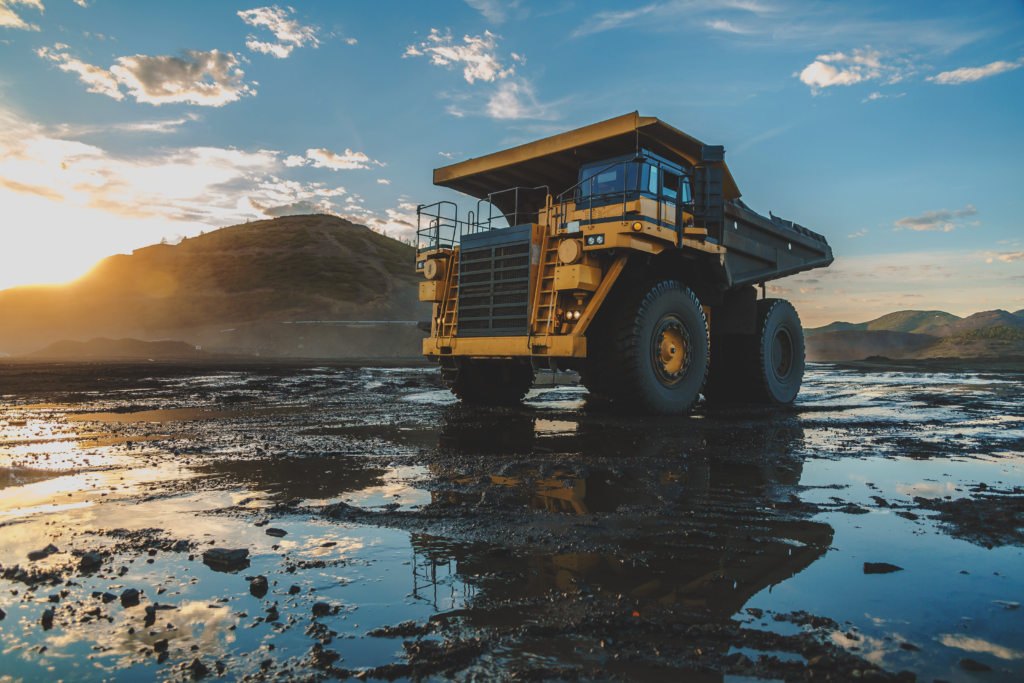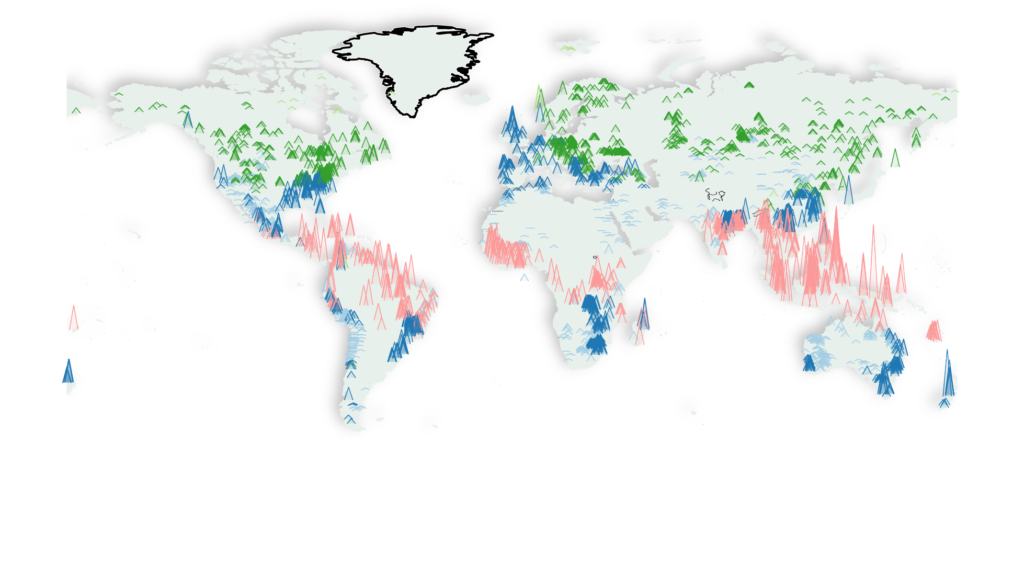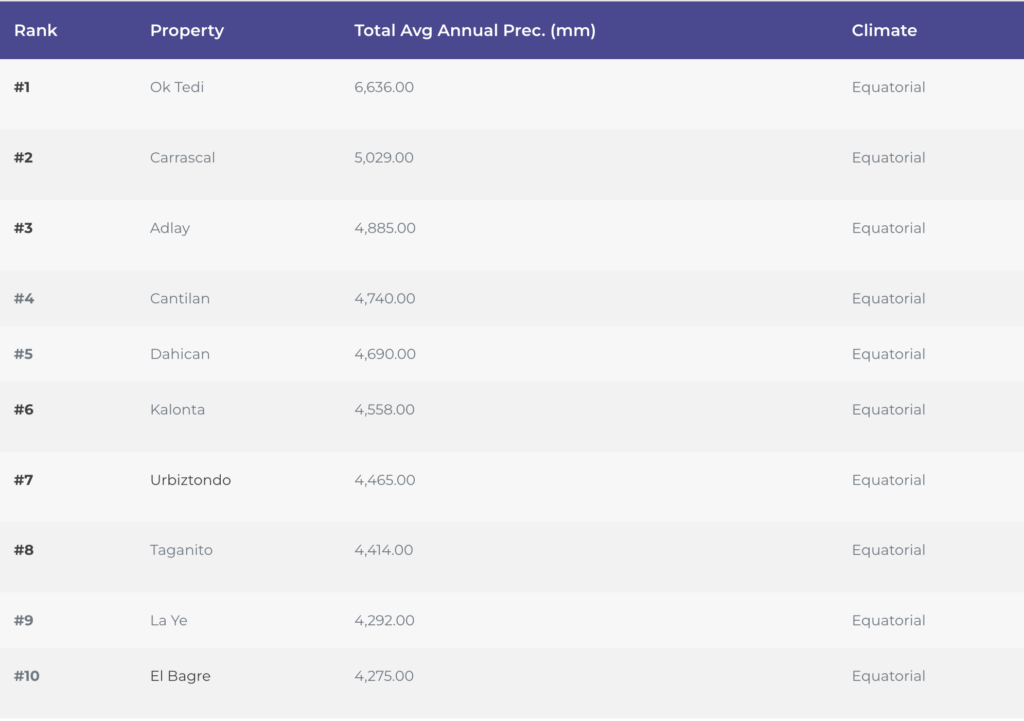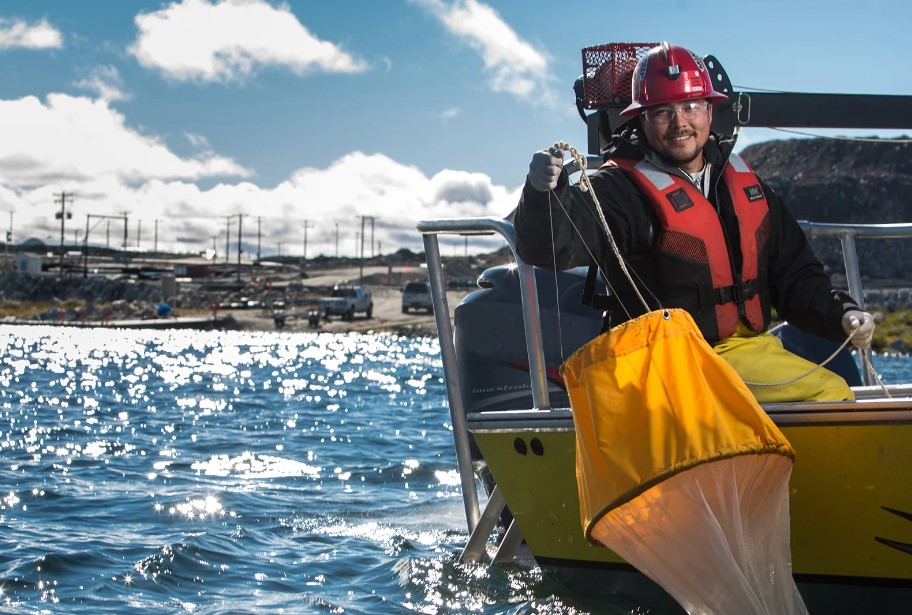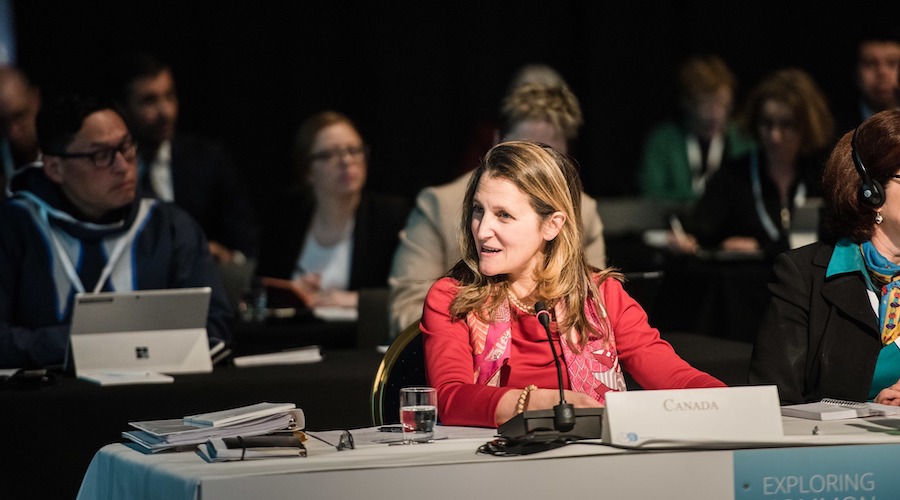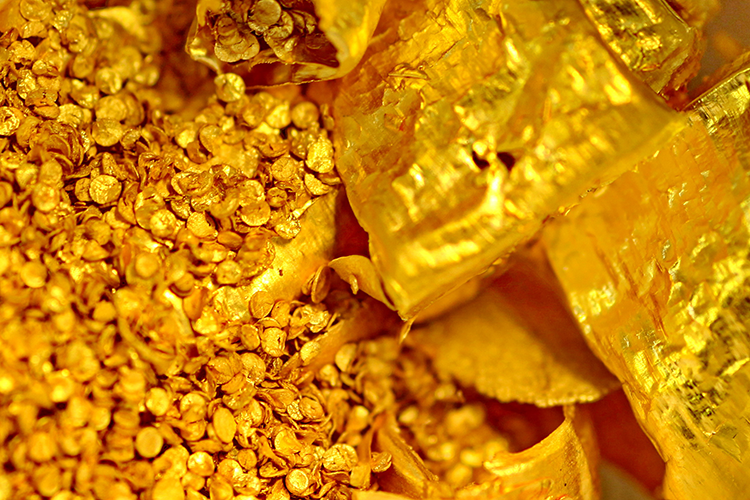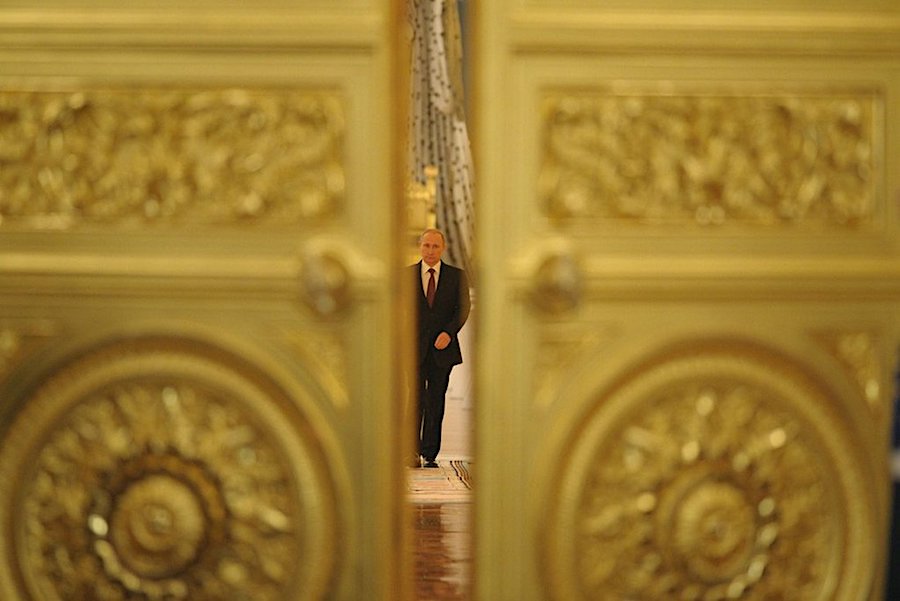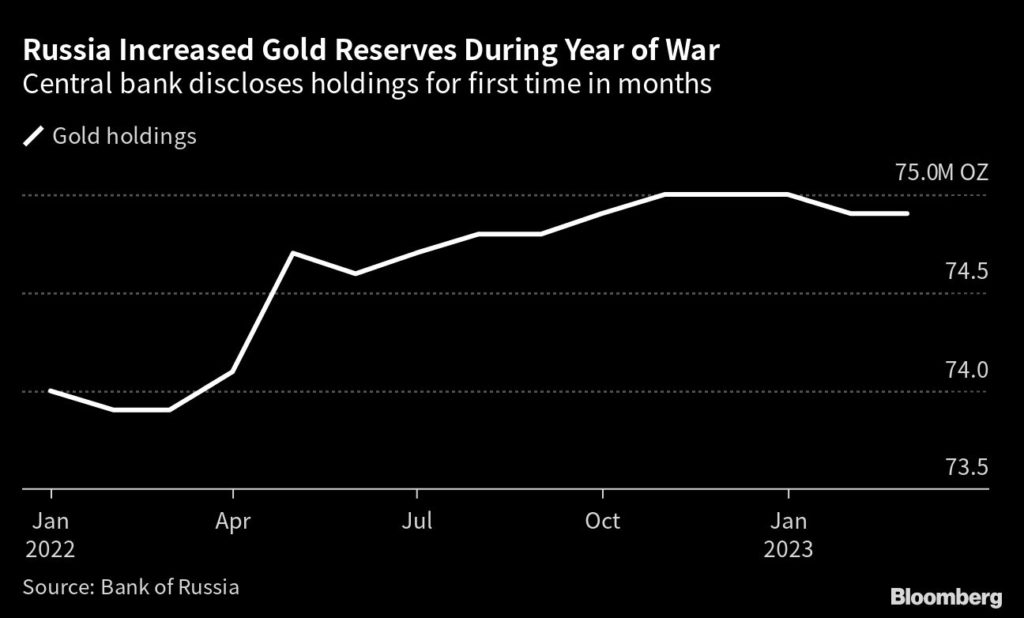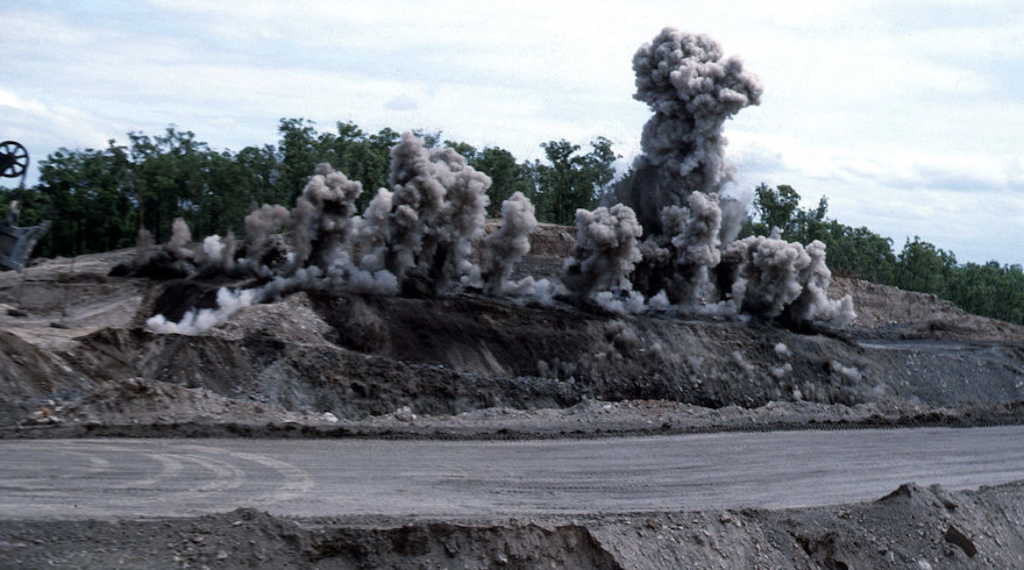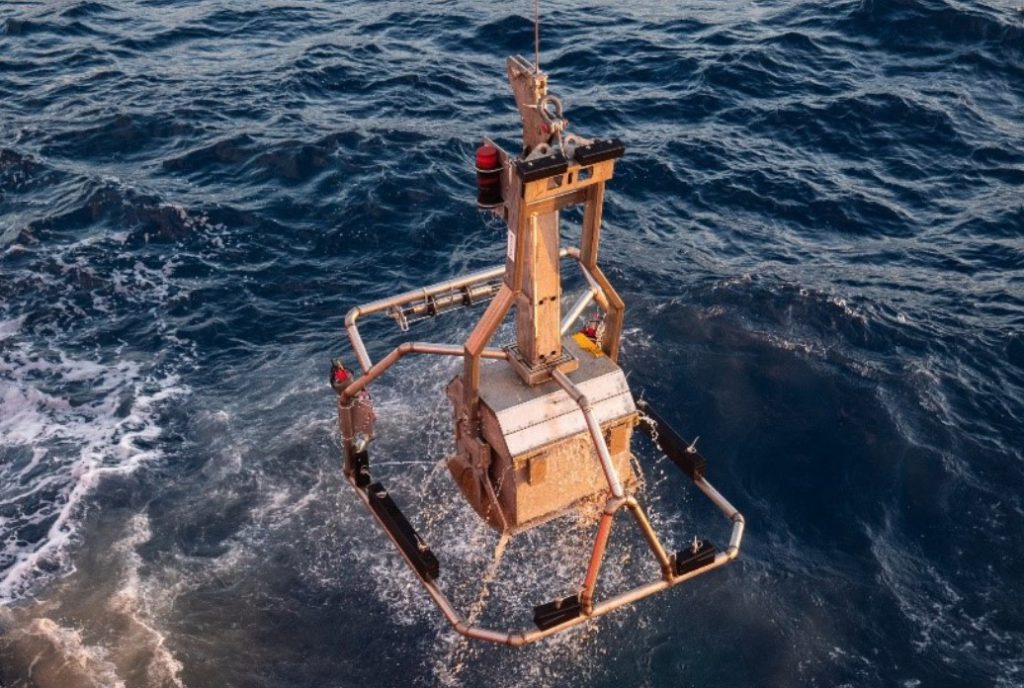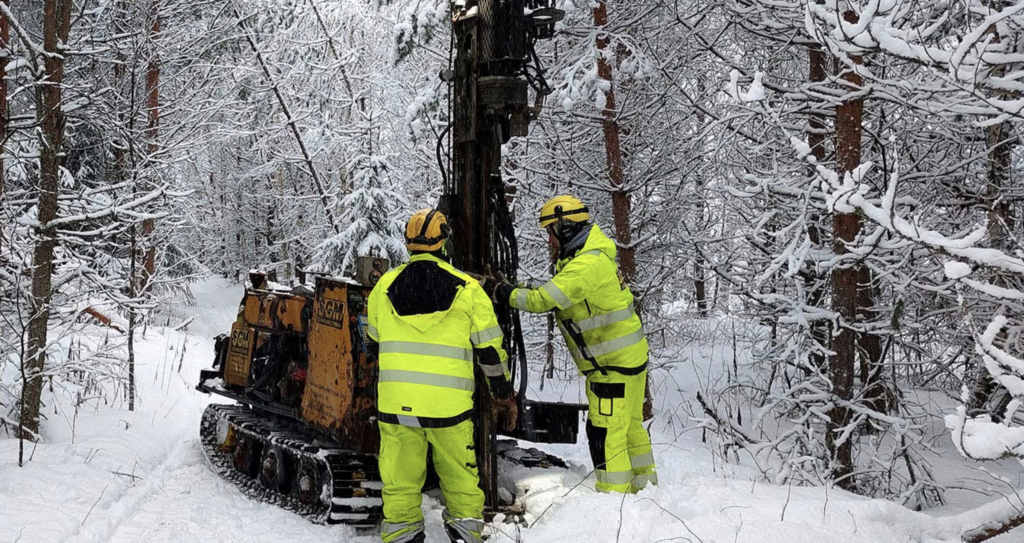
Staff Writer | March 21, 2023 |
Hautalampi nickel–cobalt–copper project in Finland. Image from Eurobattery Minerals.
Eurobattery Minerals announced Tuesday that the company is acquiring another 30% of shares in FinnCobalt Oy, the owner of the ground and mining rights to the Hautalampi nickel-cobalt-copper project in Finland in a €1 million ($1.8m) cash and shares deal, upping its stake to 70%.

The company has the right to acquire 100% of the shares in FinnCobalt in a staged process until May 2024.
The announcement comes a day after Eurobattery Minerals released the results of a pre-feasibility study, reporting strong economics for the project.
The 280-hectare Hautalampi project is located in the Outokumpu mining camp, the same area as the famous Keretti copper mine, which was active between 1912 and 1989. According to Eurobattery Minerals, the orebody is parallel to and above the exploited copper deposit. A historical resource estimate for the project shows 3.2 million tonnes at 0.43% nickel, 0.35% copper and 0.12% cobalt.
In 2021, an updated resource estimate released for Hautalampi showed that the total tonnage in the measured, indicated and inferred resource categories increased approximately 100%, while contained metal approximately 50% in the mine lease area.
In the measured category, the resource has been estimated at 2.58 million tonnes grading 0.38% nickel, 0.28% copper and 0.08% cobalt. In the indicated category, the estimation is at 2.70 million tonnes grading 0.31% nickel, 0.20% copper and 0.08% cobalt. Contained metals have been estimated at 18,289 tonnes of nickel, 12,783 tonnes of copper and 4,337 tonnes of cobalt.
“We are very pleased to continue to deliver on our strategy to provide battery minerals from Europe to Europe, now as the majority owner of the Hautalampi mine project,” Eurobattery Minerals CEO Roberto García said in a news release.
“With the pre-feasibility study just announced we know that the economic outlook for the battery mineral mine in Finland is strong,” said Martínez.
According to the pre-feasibility study, with a conservative metal price, and a total capital expenditure of €65.1 million euro excluding contingency the payback period is 4.6 years. Mining will commence after a one-year construction period including rehabilitation of the underground mine, construction of the surface crushing and processing plants, and a new tailings storage facility, the company said.
Total metal production during the anticipated 12 years mining operations will be 11,400 tonnes of nickel and 2,900 tonnes of cobalt in concentrate and 9,600 tonnes of copper in concentrate.
Latitude 66 confirms another cobalt-gold discovery in Finland
Staff Writer | March 21, 2023 |
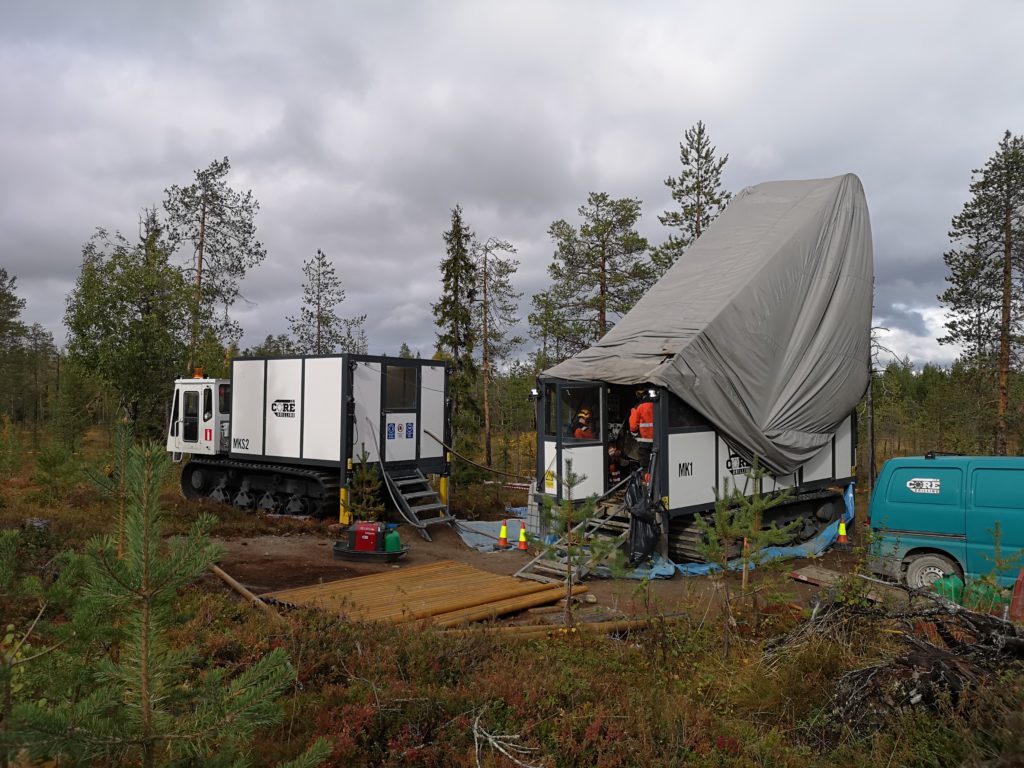
Drilling in Kuusamo, Finland. Credit: Latitude 66 Cobalt
Finland-focused Latitude 66 Cobalt (Lat66) has reported excellent drilling results from its projects in the Kuusamo schist belt, which the company believes provides “further optionality” for its proposed cobalt and gold development at the existing K Camp project.

During June to November 2022, Lat66 drill tested a newly identified target (K10) and followed up on two previously identified targets (K9 and K8) at its project area K Camp South, and a fourth project (H1) in the nearby H Camp.
Significant new cobalt and gold intersections were identified as part of the 32-hole diamond drilling program (3,335 metres) completed at the K Camp South and H Camp areas in Kuusamo, including 4.8 metres at 4.14 g/t gold and 0.12% cobalt from K10, now confirmed to be a new discovery area.
Drilling results at the K8 and K9 areas also achieved significant intersections, including 10.25 metres at 4.84 g/t gold and 0.04% cobalt; 9.3 metres at 4.32 g/t gold and 0.03% cobalt; 13.45 metres at 6.25 g/t gold and 0.18% cobalt; and 13.8 metres at 3.56 g/t gold and 0.04% cobalt.
At H1, an area prospective for copper and cobalt, the following results were returned: 11.35 metres at 0.20% cobalt and 0.69% copper; and 6.2 metres at 0.29% cobalt and 0.38% copper.
Given these new drilling results, in particular within the K South Camp, Lat66 intends to undertake further drilling across numerous defined targets during the summer.
“We had set two main goals for the 2022 drill program. Firstly, to confirm the exploration potential of the Kuusamo schist belt beyond the advanced K North Camp, and secondly, to test the efficiency of our exploration process and model which we have developed with our team of experts,” Lat66’s managing director Thomas Hoyer stated in a media release.
“These excellent results give us strong evidence of the cobalt-gold-copper potential we have in the Kuusamo schist belt and demonstrate that our exploration model works. With these results, we today consider the K South Camp to be a significant and self-standing cobalt-gold-copper project,” he added.
K Camp South is located at the southern extent of a regional Käylä-Konttiaho-Antiformal structure in the Kuusamo schist belt, which also hosts Lat66’s existing Juomasuo mineral resources (K1 to K3) of 650,000 oz. gold and 16,490 tonnes cobalt.
According to Lat66, this is an emerging corridor containing several historical cobalt-gold occurrences where the company has recently identified two new targets, namely K9 and K10.
Since 2017, Lat66 has been exploring the potential of the Kuusamo schist belt, resulting in several new discoveries and a sizeable increase in the cobalt-gold mineral resource inventory. Beyond Kuusamo, it is also conducting regional exploration activities in the Peräpohja and Kainuu schist belts of Finland.
To date, the unlisted cobalt-gold miner has secured more than 1,400 sqkm of tenements within the eastern extensions of the Central Lapland greenstone belt, which hosts two of the largest mineral deposits and operating mines in Europe.
